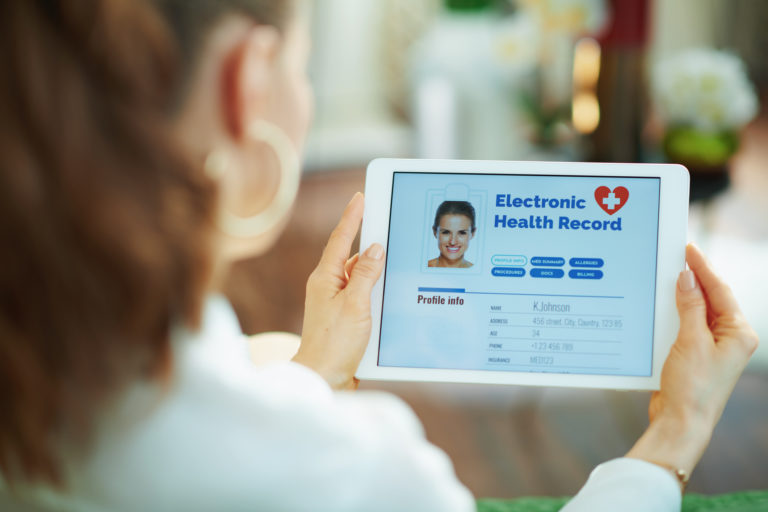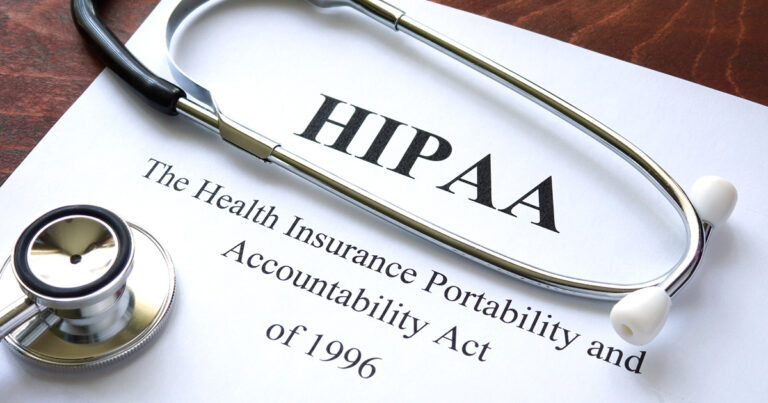Can Blockchain Keep Healthcare Data Safe?
Over the past couple of years, there’s been a lot of talk about blockchain.
Partly, that’s because blockchain is tied to the mysterious (at least, to some) digital currency that’s taken on skyrocketing value and made millionaires overnight: bitcoin.
But blockchain is about far more than helping people to get rich quick.
In fact, blockchain could completely revolutionize the way we buy, sell, and exchange goods and information – including highly sensitive, private healthcare data.
What is Blockchain?
Blockchain is basically a decentralized, globally accessible ledger of data that uses complex math problems to encrypt and verify transactions. This ledger itself – the blockchain – is public, but because it requires lots of computing power to verify transactions, it is extremely difficult, if not impossible to hack.
It was originally developed to transfer and exchange cryptocurrency (such as bitcoin), but its technological implications go beyond commerce.
Because blockchain creates a system for the secure transfer of any kind of data – not just currency – it could completely transform the way entire industries operate, including advertising, the stock market, politics, real estate, the legal industry, education, charity, and finally, the healthcare industry.
Is Healthcare Data Safe Enough?
Introducing EMR and EHR to healthcare has certainly transformed the way that healthcare providers are able to store, access, and provide vital medical information.
Overall, electronic records increase efficiency, accuracy, and user-ability. They cannot be lost or manipulated as easily as paper records, and they offer patients and providers more direct, instant access to the information they need for effective, patient-centered healthcare.
However, electronic records aren’t totally immune to security leaks or corruption.
In the flow of data between medical providers and other parties, such as other medical care providers, provider networks, health insurers, life insurers, schools or employers, there may be room for breaches of privacy.
Employee error is also largely responsible for the exposure of private information, revealing private details such as social security numbers or credit card numbers.
In 2018, there were a reported 351 data breaches in the healthcare industry. These breaches exposed 500 or more medical records per breach. In fact, 18 of those breaches exposed literally hundreds of thousands of health records.
Clearly, the safety of healthcare records remains problematic.
But blockchain in the healthcare industry could dramatically alter the landscape of data exchange between providers, patients, and other parties. It could ensure the near-total safety and security of healthcare data at last.
Making Healthcare Data Safer with Blockchain: How is it Done?
As stated above, blockchain protects data by encrypting it. But it’s also a safe and secure method of data exchange because information isn’t stored on a single computer or server. Instead, it’s shared across an entire network of servers, meaning that it cannot be easily hacked or corrupted. The information is made public, and is easily verifiable – and at the same time, kept private.
Blockchain technology may be used in a number of different ways to make healthcare data safer. Let’s take a look at a few specific examples:
“Insider” users won’t be able tamper with EMR/HER records.
One of the ways that healthcare data can be tampered with is that it can be intentionally – or accidentally – altered by an “insider” such as an office employee.
Even with passcodes that protect electronic medical records, employees may still make grave mistakes, such as sharing information with other parties without the patient’s consent – which breaks HIPAA regulations.
Blockchain addresses this issue by making sure that each new transfer of information must be verified. It does so by comparing the current, proposed transaction against an authoritative history of transactions and entries. Furthermore, a new entry into the system must be approved by multiple parties, ensuring that it’s accurate.
“Outsiders” won’t be able to breach valuable data
Employee error or simple disorganization can be responsible for exposing private data. But breaches from the outside – by malware or ransomware, for example – can also affect the security of medical records.
Again, blockchain protects private data from hackers by ensuring that each transaction performed is valid. Because the data is decentralized, outsiders aren’t able to breach security by hacking into a single server or computer.
Patients gain access to and ownership of their own medical records
Blockchain allows more patient-centeric healthcare by giving individuals full access to and ownership of their own medical records.
With full ownership, patients cannot alter their own information within their medical records, but they can control who is using their information and who is sharing it. This is one of the main concerns of HIPAA regulations, which help ensure the privacy of medical records.
Blockchain technology thus has practical and effective implications for helping healthcare providers to meet HIPAA requirements, while giving patients a degree of valuable and sought-after control over their own private information.
Greater security in the exchange of information between healthcare providers.
Healthcare data is often shared and accessed by multiple parties in order to improve the health of a patient, as well as the health of the public at large. However, such exchange is often subject to error. Medical data is not stored in one centralized place, and physicians often share important information through networks that aren’t secure.
Blockchain could allow physicians to safely access and transfer information regarding their individual patients, helping them to gain more insight and offer more quality care.
Curious to learn more about what blockchain is and how it works? Check out this free resource with your burning blockchain questions answered.
Does Blockchain Have Any Limitations?
Blockchain has exciting potential to drastically improve security of healthcare data. But does it have any drawbacks or limitations?
Unfortunately, yes. By creating a publicly accessible ledger of data – even protected by encryption – blockchain may introduce a new set of potential problems with security.
That’s why blockchain must be designed with privacy as the highest priority, if integrated into healthcare.
A Final Word on Blockchain
Blockchain technology could eventually transform the way that individual medical providers operate, by reducing the administrative burden of worrying about safety and data breaches. It could also mean increased efficiency and productivity for administrators and employees who are responsible for exchanging information. And ultimately, it could improve patient experience, by giving individuals greater control over their own private information.
As blockchain technology gains usage in the general marketplace and in specific industries, stay abreast of its potential entry into medical care, as it could change the way that your medical office functions and communicates – for the better.




